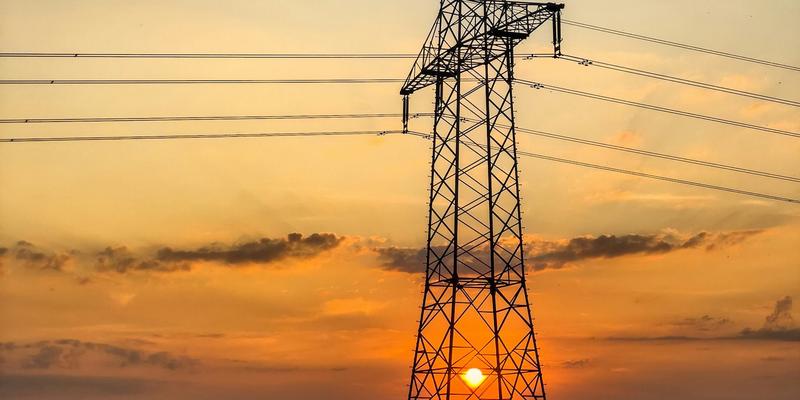On the “Bundesweiter Warntag”, a nationwide warning day in Germany on September 12, the Federal Office of Civil Protection and Disaster Assistance (BBK) will once again issue a test warning, which will be displayed on smartphones, on the radio and on digital city information boards, among other things. In this way, the federal, state and local authorities are testing their warning infrastructure for crises and disasters.
But what happens if there is a long-lasting national power blackout? How can the population be warned if means of communication that rely on electricity fail? Annette Rudolph-Cleff, Michèle Knodt, Alice Engel and Joachim Schulze, researchers at the LOEWE center emergenCITY, have been working on this question. The idea: to integrate the good old advertising column into the warning system. The first prototype of the “Litfaßsäule 4.0” is expected to be tested in Darmstadt at the end of the year.
Energy self-sufficient advertising pillar as a warning medium in the event of a power failure

The advertising pillars, which are evenly distributed in German cities, offer a number of advantages: they are part of the cityscape and have long been accepted by the population. Even Erich Kästner’s german book cover “Emil and the Detectives” was adorned with one of these advertising pillars. In contrast to digital billboards, which are already integrated into the federal government’s modular warning system, they are also located in residential areas. And they can be inexpensively converted into a so-called warning multiplier, which also works in the event of a power failure thanks to its self-sufficient energy supply.
In a cooperation project with Ströer Media Deutschland, architect and urban planner Joachim Schulze is currently developing a prototype, the “Litfaßsäule 4.0”, for which a capital with a digital display is to be added to an existing advertising column on Riegerplatz in Darmstadt. In future, the display could be used to show warning messages in the event of a disaster. Thanks to an integrated photovoltaic system and a methanol fuel cell, it will also function for up to 72 hours in the event of a prolonged power outage. The inauguration of the prototype is planned for the end of the year. The scientist will then conduct a survey to find out how the advertising pillar 4.0 is received by the public.
Publication: Annette Rudolph-Cleff, Michèle Knodt, Joachim Schulze, Alice Engel: Crisis communication in a blackout scenario - An assessment considering socio-spatial parameters and the vulnerabilities of the population, International Journal of Disaster Risk Reduction, Volume 72, 2022
Bundesweiter Warntag




